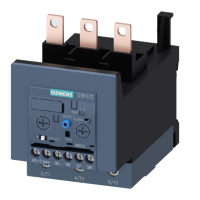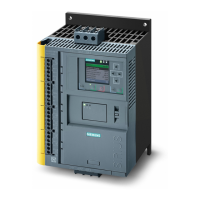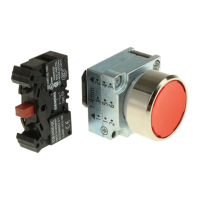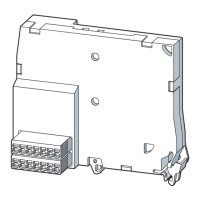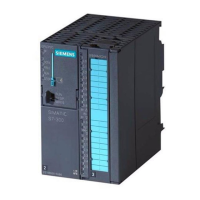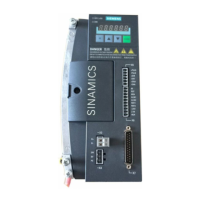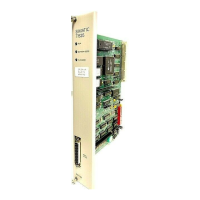Configuration
6.13 Starting three-phase motors with reduced starting current peaks (contactor assembly for star-delta (wye-
delta) start)
SIRIUS - SIRIUS 3RT Contactors/Contactor assemblies
154 Manual, 09/2017, A5E03656507120A/RS-AE/006
The phasor diagram below shows the voltages which occur in a motor running in the
clockwise direction when switching over from star (wye) to delta. According to the preferred
wiring, the motor terminals are connected correctly, i.e. phase L1 is connected to motor
terminals U1 and V2, L2 to V1 and W2, and L3 to W1 and U2.
Figure 6-5 Correct connection of motor phases for clockwise rotation
Rotor's overtravel during the current-free phase
Figure 6-6 Phasor diagram for star-delta switchover during clockwise rotation with motor phases
connected correctly
During the current-free changeover delay, the rotor overtravels the rotating field. Its magnetic
field induces a decaying residual voltage, entered here in the voltage phasor diagram for
phase L1: U
L1’-N
.
On switching to delta (see diagrams above), the stator winding which is conducting this
residual voltage is connected to the line voltage U
L1-L3
. Thanks to the favorable vector
position of the residual voltage U
L1’-N
and the line voltage U
L1-L3
, which are roughly rectified,
the differential voltage ΔU is relatively low. As a result, the current peak generated by this
voltage will also remain low.
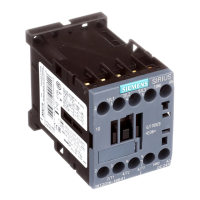
